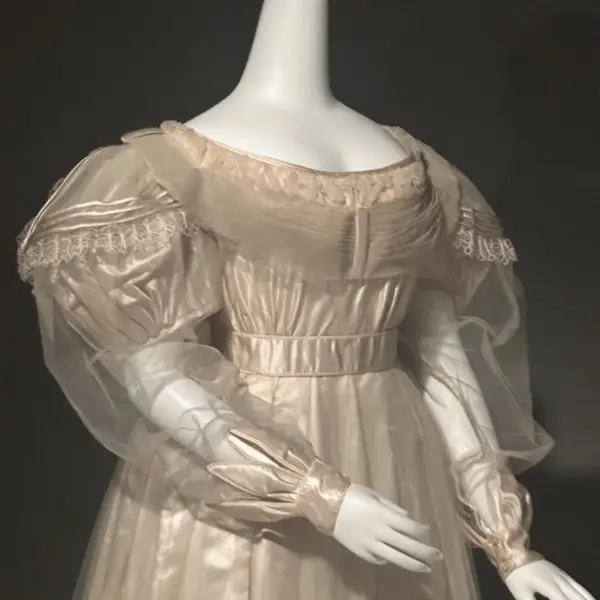These sleeves allowed garments to be customized for various occasions. For formal events, sleeves were often adorned with embroidery, jewels, and elaborate embellishments, serving as an indicator of wealth and status. Simpler, more practical sleeves were reserved for daily wear, reflecting the wearer’s lifestyle.
During the Renaissance, sleeves evolved beyond their functional purpose of covering the arms or providing warmth. Voluminous, exaggerated sleeves, often padded or lined with luxurious fabrics, signified opulence and sophistication. In some cases, sleeves became so elaborate that they rivaled the rest of the outfit in importance.
As time progressed, sleeves continued to adapt to the aesthetics of each era. In the Victorian period, sleeves were tight and elongated, often accentuating the shoulder line and adding a sense of elegance. In contrast, the Edwardian era saw the rise of puffed sleeves, which symbolized femininity and romanticism.
By the 1920s, sleeves took on a more minimalistic approach, reflecting the modern silhouette of the flapper dress.
Fast forward to the 1960s and 70s, sleeves became a form of rebellion, with bell sleeves inspired by bohemian and hippie culture, celebrating freedom and self-expression.
In the 1980s, sleeves took on exaggerated shapes, with iconic power shoulders.
Today, sleeves remain an essential part of any look. From casual to couture, whether sheer, fitted, puffy, asymmetrical, or intricately detailed, they have the power to completely transform an outfit.

